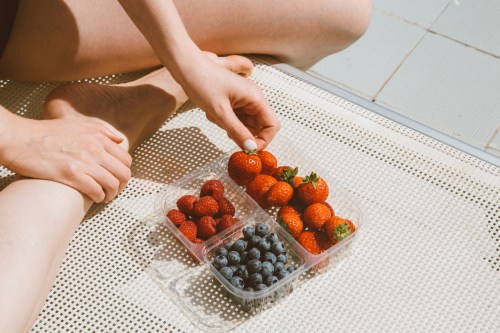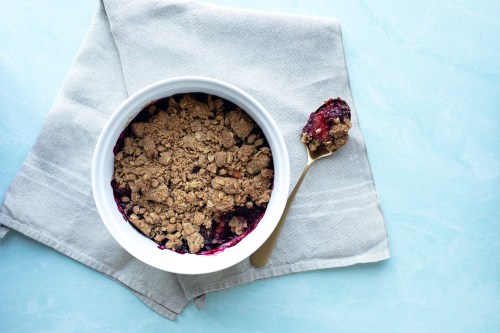Our editors independently select these products. Making a purchase through our links may earn Well+Good a commission
“Honey laundering” is a thing—here’s how to make sure it doesn’t affect your pantry or skin care
Honey laundering is a process that substitutes chemicals and sweeteners for the pure stuff. Here's how to make sure you're using the pure stuff for your pantry and skin care.

When you buy honey at the grocery store, you trust that it’s actually honey, right? You know, the stuff that offers potential benefits like helping you overcome an illness and giving your hair new life via a mask. Unfortunately, due to “honey laundering”—a practice that’s just as shady as it sounds—a whole bunch of the sweet stuff sold on store shelves isn’t pure: It doesn’t contain any natural antibiotic properties or antioxidants due to the lack of pollen, according to experts.
Honey laundering describes when cheap fillers are added to the mix, whether it’s water and synthetic sweeteners or potentially harmful chemicals, Frances Largeman-Roth, RDN and author of Eating in Color, tells Cooking Light. The worst part? You’d never know the breach took place by looking at the product, which is often still labeled as “pure honey.”
While regular, quality honey goes through a filtration process to get rid of debris and bee parts and keep the good stuff, many companies add in a step called ultrafiltration, which increases the shelf life and makes the country of origin untraceable. “It’s well-documented that China has been flooding the US market for years with honey that has had its beneficial pollen removed through ‘ultrafiltration,'” Largeman-Roth says.
“Producing real honey is a time- and resource-intensive process, and the costs will reflect that. You shouldn’t expect to pay just a few dollars for a jar of honey.” —Frances Largeman-Roth, RDN
If that’s not already enough to make you rethink your honey purchases, some Chinese honey also has tested positive for illegal antibiotics—including chloramphenicol, which has been linked to cancer—and contains plenty of high-fructose corn syrup and other cheap sweeteners like cane, corn, or beet sugar, and rice syrup. Heck, even one of the biggest honey packers in the United States—Groeb Farms in Michigan—admitted to buying laundered honey in 2013. So how can you differentiate the good batches from the bad when it comes to bringing honey into your home?
The key is doing a lot of label-reading—and really, that’s an important practice when shopping for all beauty products and food items. Don’t buy anything that says “ultrafiltrated” or make a decision based on labels like “pure honey,” which Seattle-based registered dietitian Ginger Hultin says mean absolutely nothing. Instead she suggested finding a product that says “true source certified,” which means the origin can be traced—and don’t buy anything that’s super-cheap. “Producing real honey is a time- and resource-intensive process, and the costs will reflect that. You shouldn’t expect to pay just a few dollars for a jar of honey,” Largeman-Roth said.
Last but not least, to ensure the honey you’re buying is quality, get it from a local farmer. That way you can easily ask questions about the product and have peace of mind that what you’re using is a quality product that offers benefits—not artificial stuff gunk that could compromise your health.
This turmeric-honey cocktail could help soothe your throat. Also, here’s what might happen if you wash your face with honey.










